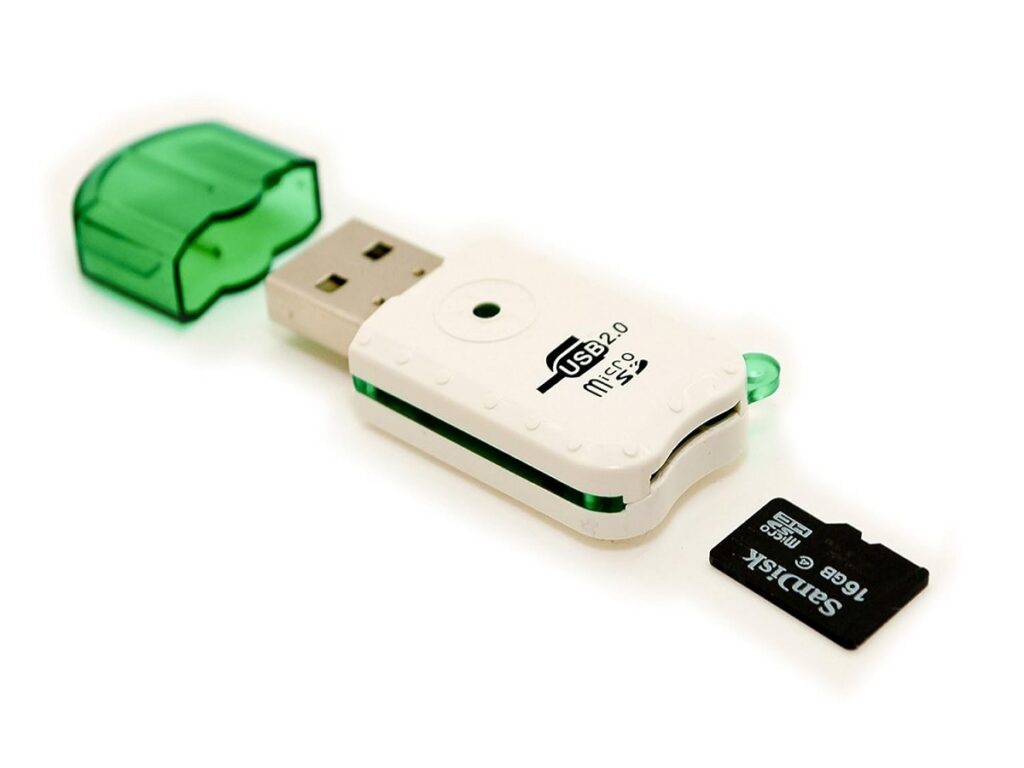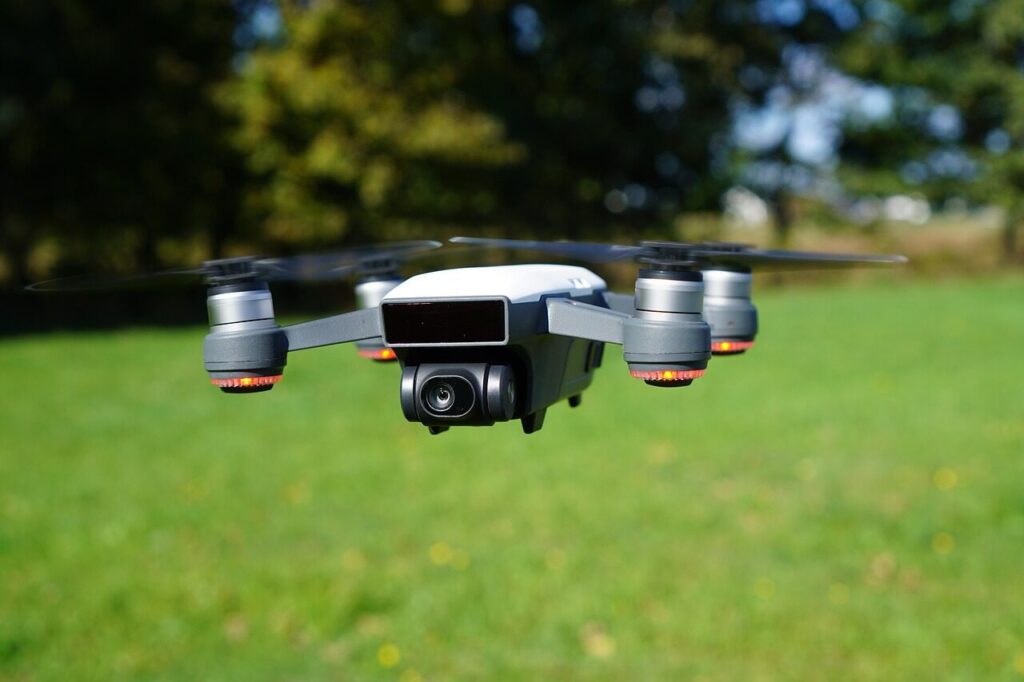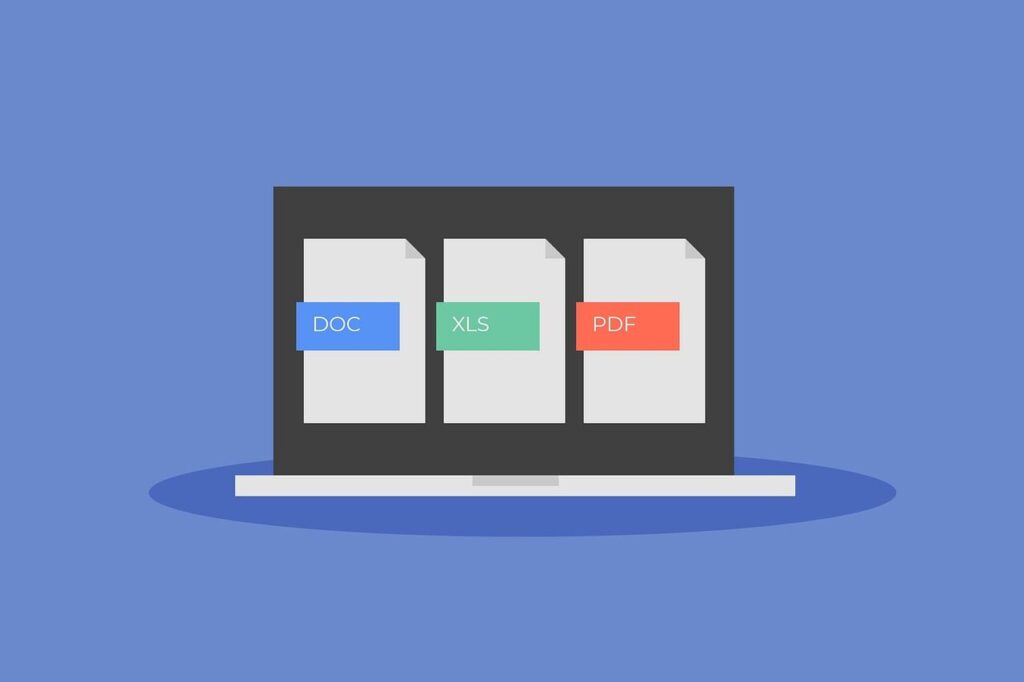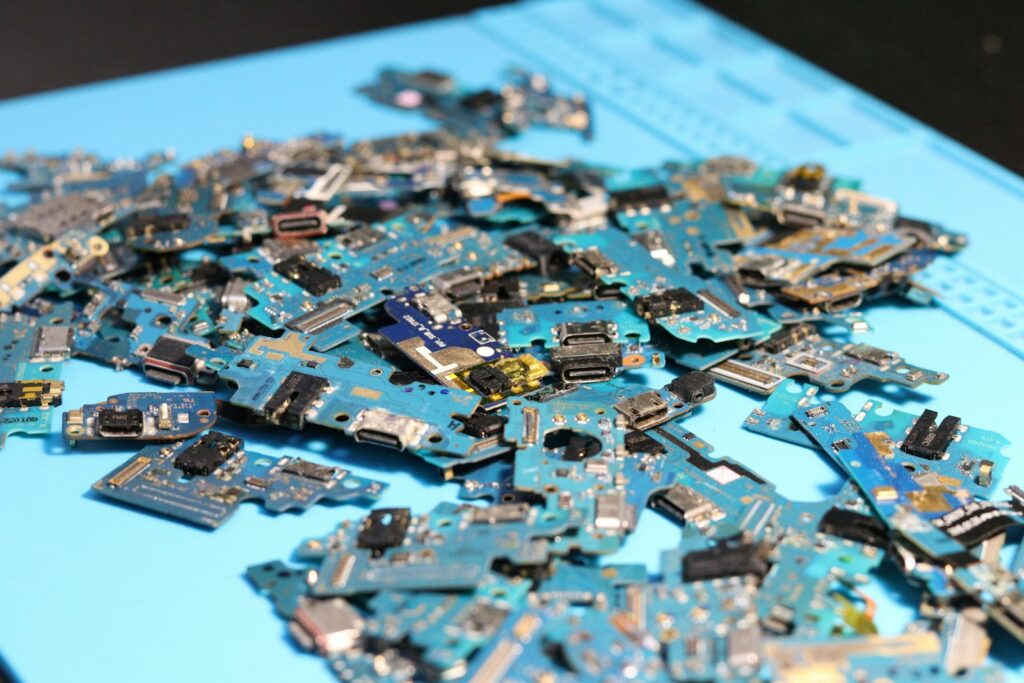Before you toss that old SD card into a drawer or the trash, take a moment to realize it still holds value. These tiny memory chips, once the heart of cameras and phones, can serve plenty of new purposes in today’s tech-filled lives. SD cards became common around 1999, created by SanDisk, Panasonic, and Toshiba to store data safely and compactly. Though their primary use has shifted, they remain versatile. With a little creativity, you can repurpose them in practical, surprising, and eco-friendly ways that make them worth keeping.
Turn It into Portable Storage

Even an older SD card can become handy portable storage for essential files. If it’s still readable, format it and store documents, photos, or small backups for work or travel. Cards released around 2000 ranged from 8MB to 128MB, while later ones reached several gigabytes, enough for lightweight uses. Keeping an SD-to-USB adapter allows you to plug it into any computer easily. Instead of wasting electronic materials, you’re giving your card a second life as a miniature flash drive that can still perform simple storage tasks efficiently.
Use It for Music or Car Audio
Many car stereos and portable music players still support SD cards. Load your favorite songs or playlists and insert the card for on-the-go listening. It’s especially useful for older vehicles without Bluetooth streaming. Since SD cards were designed for quick data access, playback tends to be smooth and reliable. Music lovers can dedicate different cards to genres or road trips. A 4GB card, for instance, holds roughly a thousand songs, turning forgotten storage into an instant personal jukebox without using your phone’s data or battery.
Backup for Camera or Drone

If you own a digital camera, drone, or action cam, older SD cards can act as emergency backups. Even if they’re slower than modern UHS or SDXC types, they’re still reliable for capturing low-resolution images or short clips. Before using them, check their health using free SD test tools that verify read and write speeds. Many photographers keep a few extra cards from the early 2010s for backup shoots. It’s a smart, budget-friendly move that ensures you never miss a shot when your main card fills up or fails unexpectedly.
Create a Bootable Drive
You can use an old SD card to install lightweight operating systems like Linux Mint or Raspberry Pi OS. Since SD cards were designed with flash memory technology introduced in the late 1990s, they can still handle boot operations efficiently. Simply format the card, load the system image, and you’ll have a compact, portable boot drive. This is especially great for tech hobbyists experimenting with small computers or DIY projects. It not only revives unused cards but also provides a creative learning opportunity in basic computing and system setup.
Store Offline E-Books or PDFs

Old SD cards can become mini digital libraries. Load them with e-books, PDFs, or study materials, and keep them as offline reading collections. This is perfect for travel or areas with limited internet access. Early SD cards were praised for durability and longevity, meaning even older ones can still safely store text files for years. You can dedicate separate cards for novels, research, or recipes, keeping your digital reading organized and clutter-free. It’s a lightweight, nostalgic way to carry your favorite reads without using modern cloud storage.
Use It with Smart Devices
Many smart gadgets like digital photo frames, security cameras, or even smart displays still rely on SD cards for storing data or images. By repurposing your old ones, you can give those devices extra space without buying new cards. For instance, digital frames introduced in the mid-2000s often use standard SD formats, making older cards a perfect match. Always reformat before inserting to avoid corrupted files. This not only keeps your gadgets running smoothly but also supports sustainable tech habits that reduce electronic waste at home.
Build a Digital Time Capsule
A sentimental way to reuse old SD cards is by turning them into digital time capsules. Store personal photos, voice notes, letters, or short videos that capture memories from a particular year. SD cards became personal memory keepers since their debut in 1999, and using them this way continues that legacy beautifully. Label each card by year or theme and seal it in a protective case. Years later, plugging it in will feel like opening a small, digital vault filled with nostalgia from your life’s milestones and moments.
Donate or Gift It
If you no longer have a use for old SD cards, consider donating them to schools, photographers, or hobbyists who can. Many classrooms use them for projects involving digital art, robotics, or media. Wiping your card clean before gifting ensures privacy and extends its usefulness. The first generation of SD cards revolutionized portable storage, and passing one on keeps that spirit alive. What seems useless to you could help someone store projects, music, or creative ideas, making your unused tech part of someone else’s productive journey.
Turn It into an Emergency Backup
Keep one or two old SD cards loaded with important contacts, scanned IDs, and emergency info. You can tuck them inside your wallet, car, or emergency kit. Given their compact size and low power requirement, SD cards are ideal for storing essential digital data securely. Versions made after 2003 often came with built-in error correction, which helps protect stored files for years. Having one as an offline emergency resource can be surprisingly practical, especially if your phone battery dies and you still need quick access to critical files.
Recycle It Responsibly

If your SD card no longer works, don’t toss it in the trash. Electronics contain materials like gold, copper, and plastic that should be properly recycled. Many local e-waste centers and tech retailers accept SD cards for responsible disposal. The SD Association, formed in 2000, continues promoting sustainable practices in digital storage manufacturing. By recycling, you help prevent toxic components from polluting soil and water. It’s a small but meaningful step toward reducing e-waste and ensuring that even broken tech parts serve an eco-conscious purpose.
Comments